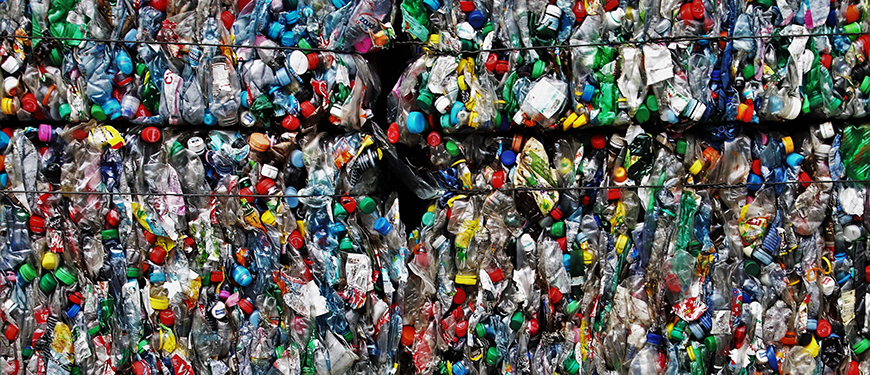Emma Pipó Ollé
Master Thesis - Environmental Engineering - 2020
Plastic has introduced many benefits to society that have allowed us to develop and innovate in many fields. Plastic production has exponentially increased in the last few decades, and with it, plastic residues. Some problems have arisen due to the material’s high durability and its inappropriate waste management, which causes large accumulations of plastic in the environment. A large part of the plastic waste is still landfilled, dumped or littered, and microplastics are thus generated. Over the past years, much attention has been drawn towards investigating the effects of microplastics on human health and the ecosystem, however, their effects are still largely unknown. Therefore, quantitively accounting for the microplastics impacts is becoming extremely important.
PlastLCI is a fate and exposure model that estimates the degradation of plastic according to region-specific UV radiation data. It models the fate of the microplastics predicting emission concentrations into the air, ground and water ecosystems. These emissions can be integrated into the inventory model of the plastic’s product system, and a quantitative assessment of the microplastics impacts can be carried out by means of life cycle assessment.
This study uses PlastLCI to predict environmentally realistic microplastic emissions accounted from the end-of-life stage of the plastic products. A comparison between the microplastics’ impacts in six different countries was performed to investigate how different plastic waste treatment affect the microplastics-related emissions.
The results obtained prove the feasibility of using PlastLCI to quantify the impacts of microplastics on human health and the environment by means of life cycle assessment. The modelled emissions show region-specific differences attributed to their specific waste treatment and plastic waste generation trends. However, the damage to human health and the environment caused by microplastics-specific emissions from landfills, open dumps and litter is insignificant when comparing it to the emissions from other waste treatment options such as incineration and recycling, or other life cycle stages like production.
